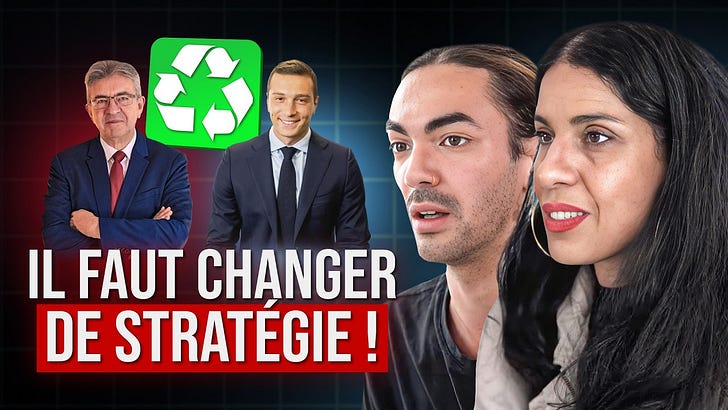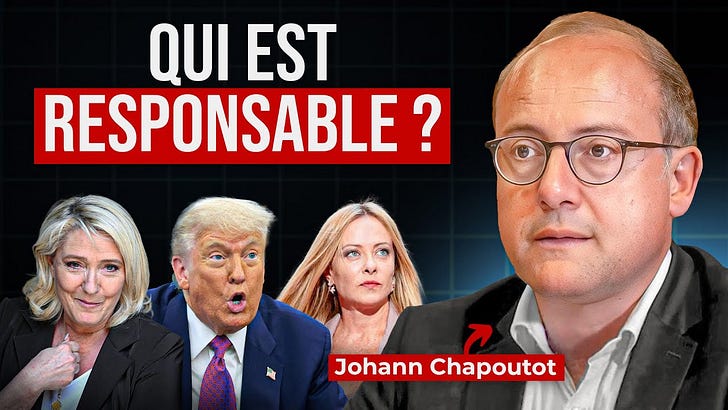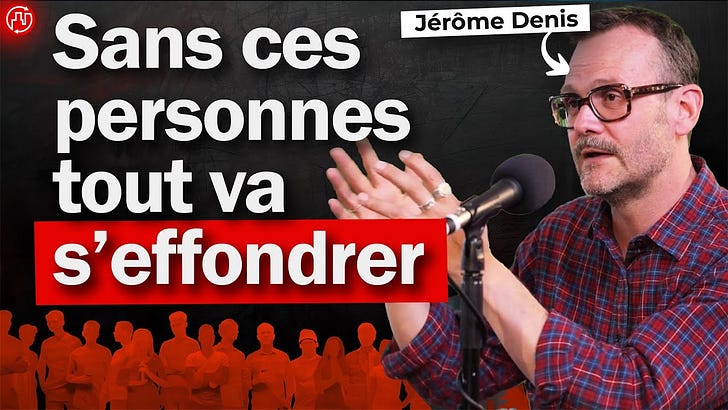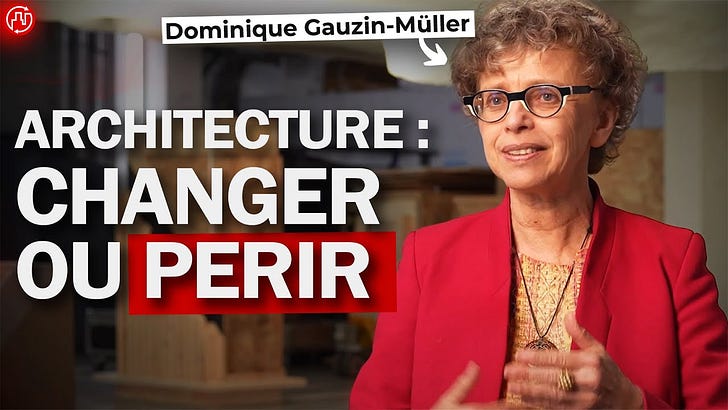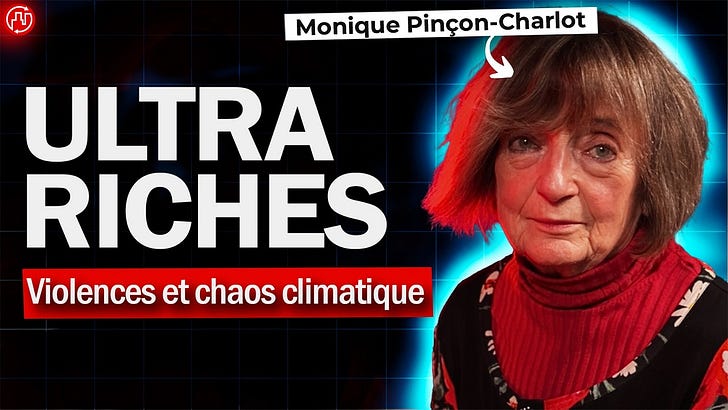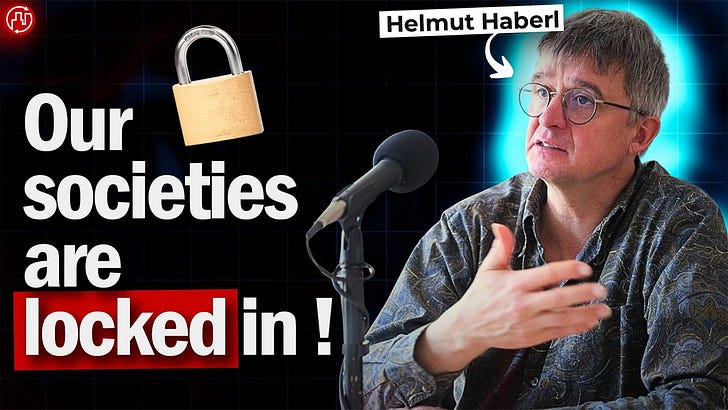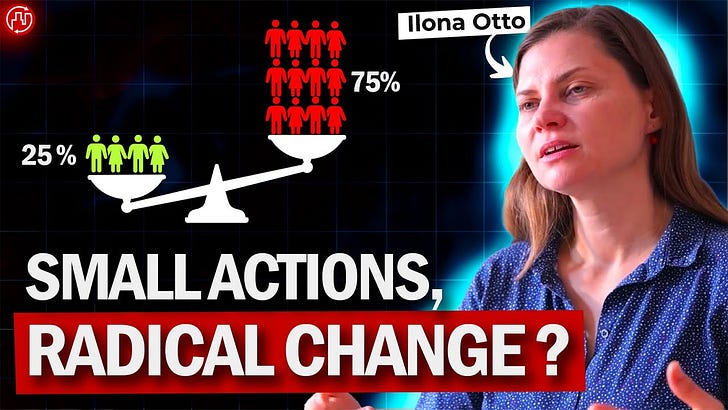Today I am very pleased to share a two-part episode on exploring the current and future resource use and climate impact of mobility.
In fact, mobility is responsible for a large part of CO2 emissions, energy use and material use both for the construction of vehicles and for its associated infrastructures.
This two part episode is a collaboration with the Urban Mobility Explained (UMX), a YouTube channel powered by EIT Urban Mobility. You can check out their channel and some of their videos as every week they cover quite broadly environmental and social impacts of mobility and solutions from cities around Europe.
To explore the resource use impacts of mobility I am glad to welcome Karel Van Acker. Karel is professor in sustainable materials management @KU Leuven. His research develops strategies to realize the circular economy and on sustainability assessments of material life cycles.
Part 1
=== Summary ===
00:00 Introduction
02:16 Why is Europe vulnerable ?
06:25 The catch with clean energy
21:04 2 possible scenarios
26:05 Think in flows, not in stocks
28:09 The problem with new mines
31:39 Seabed mining ?
35:11 Self-sufficiency in Europe ?
43:49 General summary
45:08 Secondary vs primary supply
47:35 Reading advice
=== Quantities mentioned ===
(These numbers may be approximations or projections)
- 80% of EU’s rare earths come from China
- 78% of EU’s lithium comes from Chile (https://eur-lex.europa.eu/legal-content/EN/TXT/HTML/?uri=CELEX:52020DC0474)
- 60% of the future metal demand is from electric vehicles
- Lithium consumption increase between 2020 and 2050:
— x21 globally
— x35 in Europe
- Metal consumed for fabrication (other than steel) :
— Conventional car: 50kg
— Electric car: 200kg
- Metal consumed per MegaWatt produced :
—"Clean" energy: 16000kg
—Coal/gas: 2000kg
- Seabed mining could supply 10-20% of the world's Nickel
=== Links & References ===
- The Role of Critical Minerals in Clean Energy Transitions (IEA): https://iea.blob.core.windows.net/assets/ffd2a83b-8c30-4e9d-980a-52b6d9a86fdc/TheRoleofCriticalMineralsinCleanEnergyTransitions.pdf
- Metals for Clean Energy (Eurometaux): https://eurometaux.eu/media/jmxf2qm0/metals-for-clean-energy.pdf
- Supply chain analysis and material demand forecast in the EU (JRC): https://op.europa.eu/en/publication-detail/-/publication/9e17a3c2-c48f-11ed-a05c-01aa75ed71a1/language-en
Part 2
=== Summary ===
00:00 Introduction
03:03 The rules of Circular Economy
10:24 Circularity analysis in Flanders
11:55 The CMUR Indicator
16:32 Multi-level indicators
19:58 Circularity analysis in Flanders (continued)
22:59 Circular mobility
36:53 The 4 scenarios
38:44 Car sharing
42:23 Digitalization of circular economy?
53:53 Reading advice
=== Links & References ===
- Circular economy in Flanders: https://cemonitor.be/en/circular-economy-in-mobility/
- The Materials 2030 roadmap: https://www.ami2030.eu/roadmap/
Links to the episode
👀 Youtube:
👂 Spotify:





